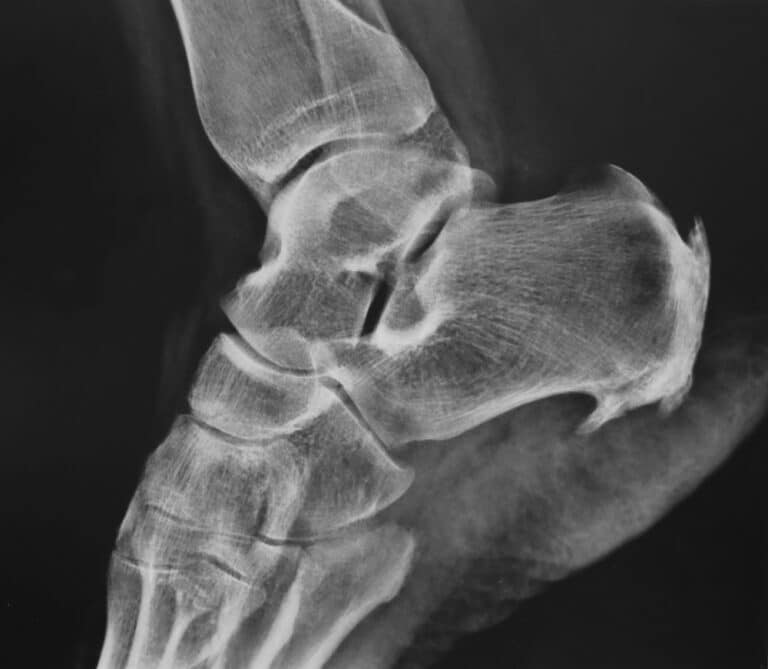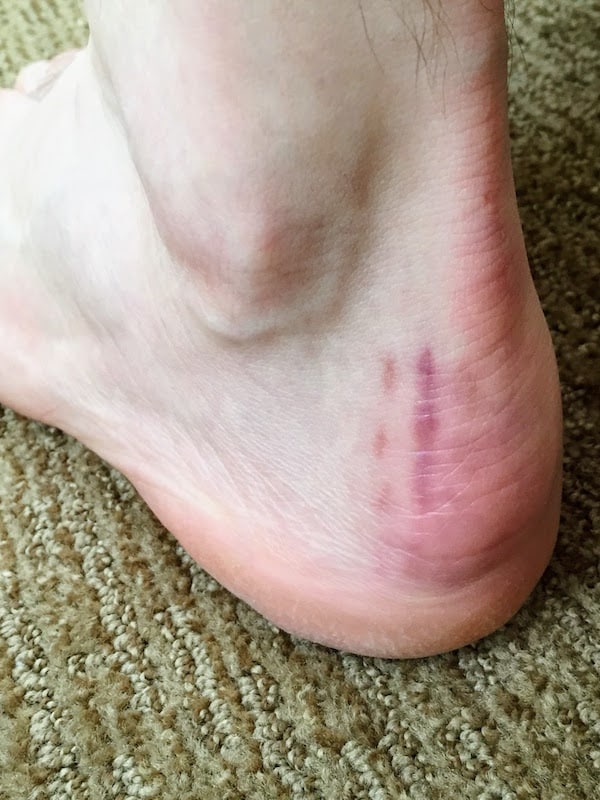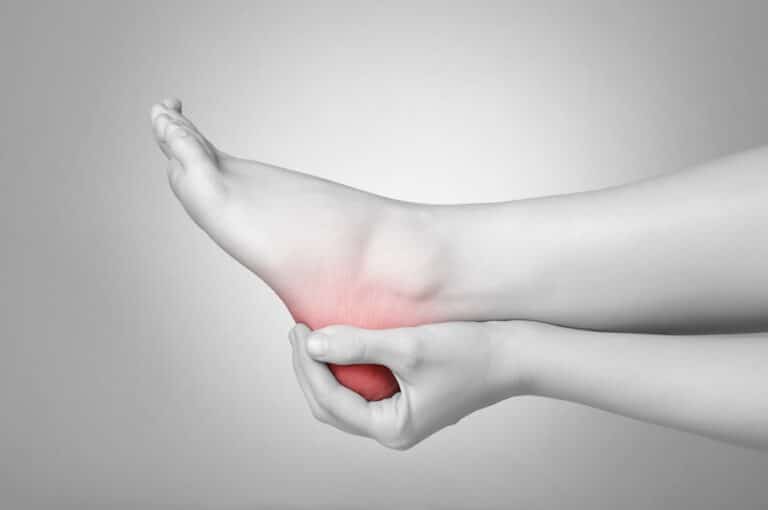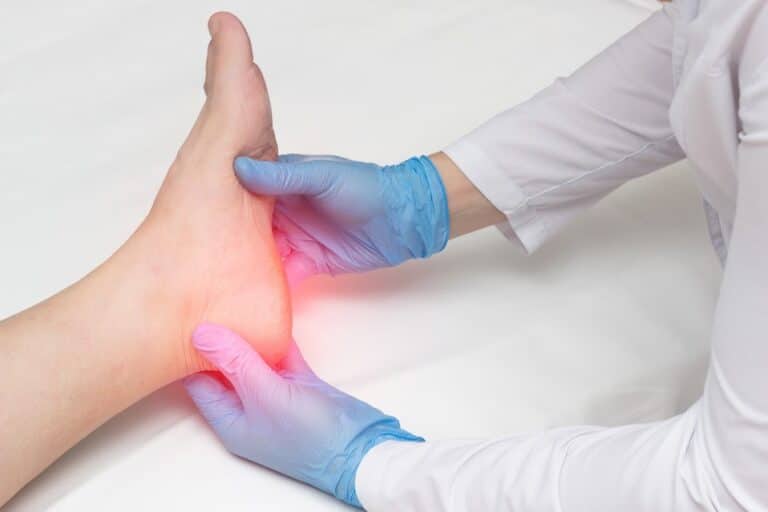Fat pad atrophy is a condition where the natural padding on the bottom of the foot, known as the fat pad, thins out and loses its cushioning ability. This can lead to pain and discomfort while walking or standing. Fortunately, using the right shoe inserts can help alleviate the symptoms and provide much-needed support. Here are some of the best shoe inserts for fat pad atrophy:
| Shoe Inserts | Description |
|---|---|
| Gel Cushion Inserts | Designed to provide extra padding and shock absorption. |
| Silicone Metatarsal Pads | Specifically designed to target the ball of the foot, where fat pad atrophy commonly occurs. |
| Memory Foam Inserts | Conforms to the shape of the foot, providing customized support and cushioning. |
| Orthotic Arch Supports | Designed to provide stability and correct foot alignment. |
| Air Cushion Inserts | Contain air pockets for excellent shock absorption and cushioning. |
Top 3 Best Shoe Inserts for Fat Pad Atrophy
Dr. Scholl’s Comfort and Energy Massaging Gel Insoles
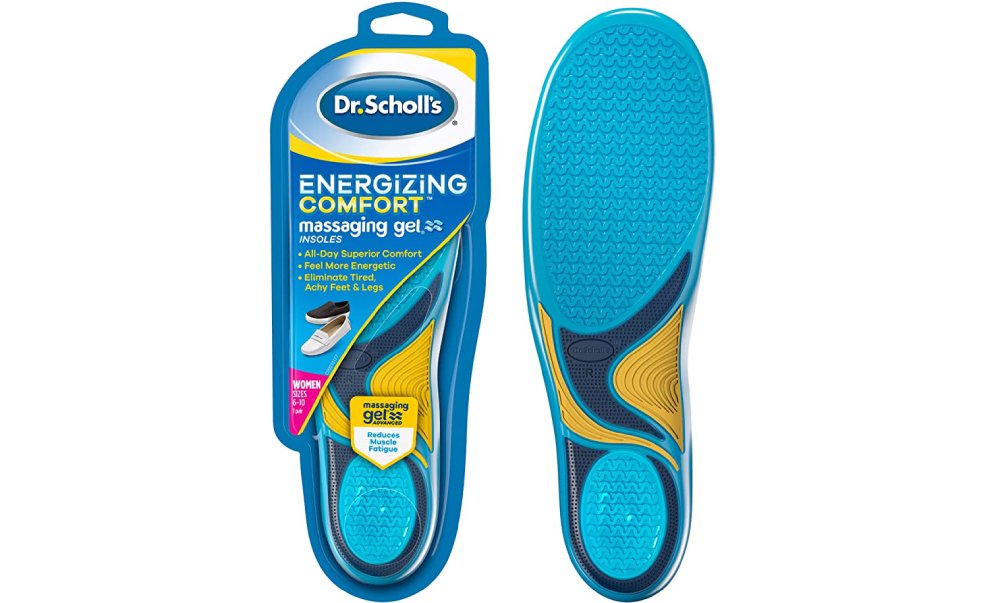
Short Description: Designed for people who experience discomfort in their feet and want more cushioning, Dr. Scholl’s Comfort and Energy Massaging Gel Insoles provide all-day comfort that keeps you feeling more energized. It helps reduce muscle fatigue in feet and legs and allows you to stay on your feet longer.
Purchase URL: Buy here
Dr. Scholl’s Prevent Pain Lower Body Protective Insoles

Short Description: These insoles stop the cause of lower body pain before it occurs with the Tri-Protect System. They offer a full-foot combination of cushioning, support, and shock absorption that defends against the muscle co-contraction that leads to lower body joint pain. The first line of defense is the impact-absorbing cushioning that protects you and distributes pressure across your entire foot. The shock-absorbing heel manages stress beginning with the heel. They adjust with your activity level or physical changes with its flexible arch support.
Purchase URL: Buy here
Kelaide Arch Support Insoles Relief Plantar Fasciitis, Comfort Orthotic Inserts for Flat Feet, Feet Pain, Pronation
Short Description: Kelaide arch support shoe inserts are created using a premium quality TPU support, medium density lightweight EVA, premium fiber top cover, advanced heel cushioning and shock absorbing forefoot. These insoles offer both long-lasting durability and leading levels of comfort. They assist with treatment and relief of Plantar Fasciitis, Flat Feet, High Arches, Heel Pain, Ball of Foot Pain and Achilles Tendonitis.
Purchase URL: Buy here
Choosing the Right Shoe Inserts for Fat Pad Atrophy
When selecting shoe inserts for fat pad atrophy, it’s important to consider your specific needs and preferences. Here are some factors to consider:
- Cushioning: Look for inserts that provide ample cushioning to protect the fat pad and absorb shock while walking or standing.
- Support: Choose inserts that offer proper arch support to distribute weight evenly and reduce pressure on the fat pad.
- Material: Gel, silicone, memory foam, and air cushion materials are commonly used in inserts for fat pad atrophy. Consider which material provides the desired level of comfort and support for your feet.
- Size and Fit: Ensure that the inserts fit properly in your shoes and provide adequate coverage and support for the affected areas.
- Durability: Look for inserts that are durable and can withstand regular use without losing their cushioning or support properties.
- Personalized Recommendation: Consult with a healthcare professional or podiatrist to get personalized recommendations based on your specific condition and foot anatomy.
Remember, the right shoe inserts can help alleviate discomfort and provide support for fat pad atrophy, so take the time to find the ones that best suit your needs.
Gel Inserts: Cushioning and Impact Absorption
Gel inserts are a popular choice for individuals with fat pad atrophy due to their excellent cushioning and impact absorption properties. These inserts are typically made of soft gel materials that conform to the shape of the foot, providing targeted support and comfort.

The gel cushioning helps distribute pressure evenly across the foot, reducing the strain on the fat pad and minimizing discomfort. Additionally, the gel material absorbs shock and impact forces during walking or standing, further protecting the sensitive areas affected by fat pad atrophy.
Gel inserts are available in various thicknesses and sizes to accommodate different shoe types and foot shapes. They can be easily inserted into most shoes, including athletic shoes, casual footwear, and dress shoes.
Memory Foam Inserts: Contoured Support and Comfort
Memory foam inserts are a popular choice for fat pad atrophy due to their contoured support and comfort. They conform to the foot’s shape, providing customized support and distributing weight evenly. The cushioning properties absorb shock and reduce pressure on the fat pad.
Memory foam inserts promote proper foot alignment and improve overall foot function. Choose inserts that fit properly and consult a healthcare professional for personalized recommendations.
Arch Support Inserts: Promoting Proper Foot Alignment
Arch support inserts are highly recommended for individuals with fat pad atrophy as they promote proper foot alignment. These inserts provide stability and help distribute weight evenly across the foot, reducing pressure on the fat pad. By supporting the arch, they alleviate discomfort and pain associated with fat pad atrophy.
It is essential to choose arch support inserts that are appropriate for your foot type and consult with a healthcare professional for personalized guidance.
Benefits of Custom-Made Orthotics for Individual Needs
Custom-made orthotics offer a range of benefits for individuals with specific foot conditions, including fat pad atrophy. Here are some key advantages:
- Personalized Fit: Custom orthotics are tailored to the individual’s foot shape, providing a precise and comfortable fit. They are designed to accommodate any unique foot characteristics or structural abnormalities.
- Targeted Support: Custom orthotics provide targeted support to address specific issues related to fat pad atrophy. They can distribute pressure evenly across the foot, reduce impact on sensitive areas, and enhance cushioning where needed.
- Pain Relief: By providing proper support and cushioning, custom orthotics can help alleviate pain and discomfort associated with fat pad atrophy. They can reduce pressure on affected areas and promote more balanced weight distribution.
- Improved Foot Function: Custom orthotics can improve foot biomechanics and correct any gait abnormalities or imbalances. This can enhance overall foot function, reduce strain on the feet, and improve mobility and stability.
- Enhanced Comfort: Custom orthotics are designed with the individual’s comfort in mind. They can alleviate pain, reduce friction, and provide cushioning, allowing for improved comfort during walking, standing, and other activities.
- Long-Term Benefits: Custom-made orthotics are durable and built to last. They are made from high-quality materials that can withstand regular use. Investing in custom orthotics can provide long-term benefits by promoting foot health and preventing further complications associated with fat pad atrophy.
It is important to consult with a healthcare professional, such as a podiatrist or orthotist, to assess your specific needs and determine if custom-made orthotics are appropriate for you.

Working with a Podiatrist or Orthopedic Specialist
When it comes to addressing fat pad atrophy and finding the right shoe inserts or orthotics, it’s beneficial to work with a podiatrist or orthopedic specialist. These healthcare professionals specialize in foot and ankle conditions and can provide expert guidance and customized solutions. Here’s how they can assist you:
- Assessment and Diagnosis: A podiatrist or orthopedic specialist will evaluate your foot condition, including fat pad atrophy, through a thorough examination and diagnostic tests.
- Treatment Plan: Based on the assessment, they will develop a personalized treatment plan tailored to your specific needs, which may include shoe inserts, orthotics, exercises, or other interventions.
- Customized Solutions: They can recommend or create custom-made orthotics that are designed to address your unique foot structure and accommodate fat pad atrophy.
- Expert Advice: Podiatrists and orthopedic specialists have extensive knowledge and experience in foot health. They can provide valuable advice on footwear choices, lifestyle modifications, and preventive measures.
- Ongoing Monitoring: They will monitor your progress throughout the treatment process, making any necessary adjustments to ensure optimal results and address any concerns.
By working closely with a qualified healthcare professional, you can receive the appropriate care and guidance for managing fat pad atrophy and improving your foot health.
Tips for Using Shoe Inserts with Fat Pad Atrophy
When using shoe inserts for fat pad atrophy, it’s important to keep a few tips in mind to maximize their effectiveness and comfort. Here are some tips to consider:
- Ensure proper fit for optimal comfort.
- Gradually break-in new inserts to allow your feet to adjust.
- Choose shoes with adequate space and support.
- Follow usage instructions provided by the manufacturer.
- Keep inserts clean and dry to prevent bacterial buildup.
- Monitor comfort and effectiveness, seeking professional guidance if needed.
Remember to work with a healthcare professional to develop a comprehensive treatment plan for fat pad atrophy.
Causes and Symptoms of Fat Pad Atrophy: Recognizing the Condition
Fat pad atrophy refers to the loss of cushioning and padding in the fat pads located on the soles of the feet. This condition can be caused by various factors, including:
- Age: As we age, the fat pads in our feet naturally thin out, resulting in decreased cushioning and protection.
- Trauma or Injury: Any injury or trauma to the feet, such as repetitive impact or direct trauma, can damage the fat pads and lead to atrophy.
- Chronic Foot Pressure: Prolonged pressure on the soles of the feet, often due to occupations or activities that involve standing or walking for long periods, can contribute to fat pad thinning.
- Medical Conditions: Certain medical conditions, such as diabetes, peripheral neuropathy, and autoimmune disorders, can affect the health and integrity of the fat pads.
The symptoms of fat pad atrophy may include:
- Pain or discomfort in the balls of the feet
- Increased sensitivity to pressure or impact
- Reduced shock absorption while walking or running
- Calluses or corns developing on the weight-bearing areas of the feet
If you suspect you have fat pad atrophy, it is recommended to consult with a healthcare professional or podiatrist for an accurate diagnosis and appropriate treatment options.

